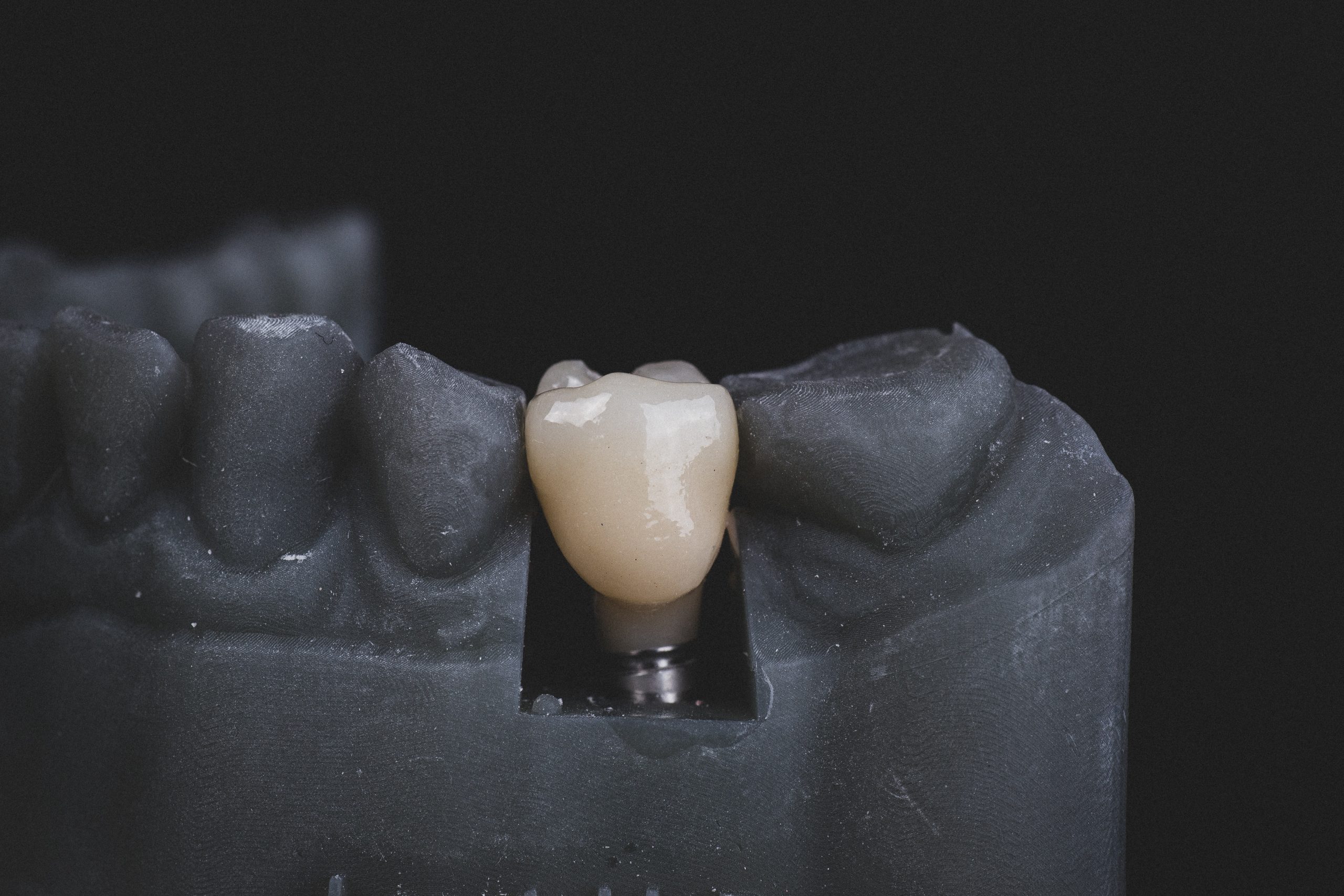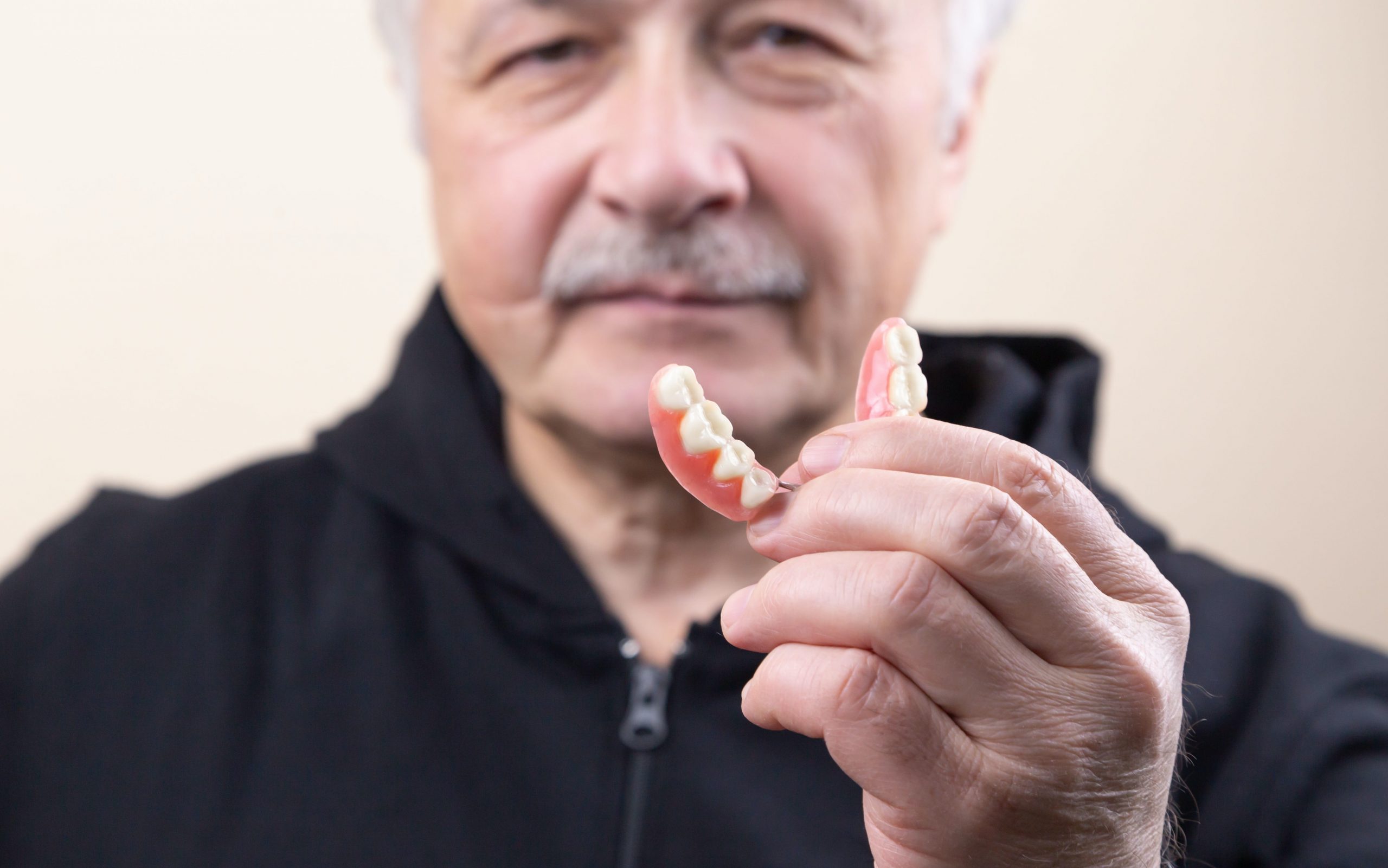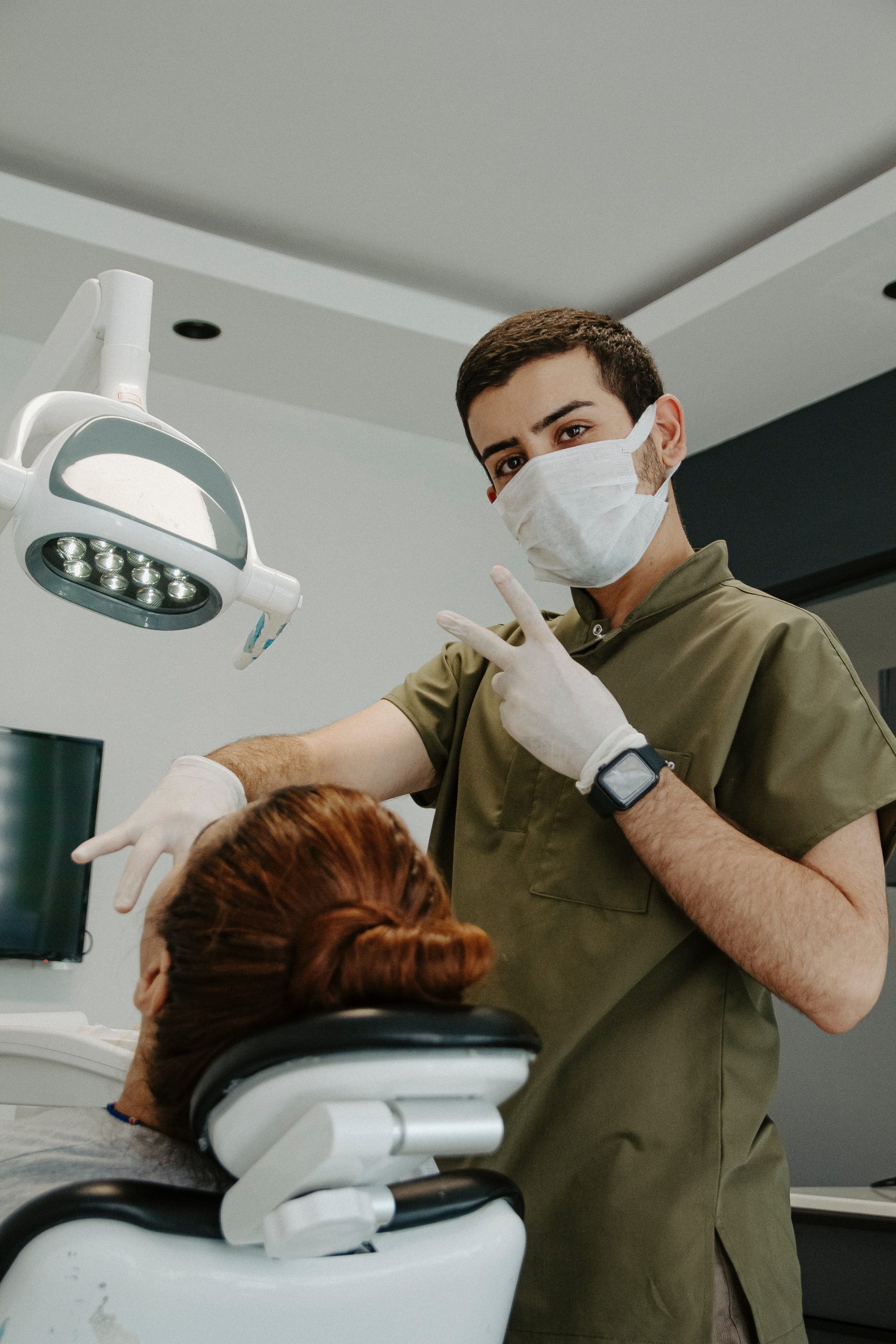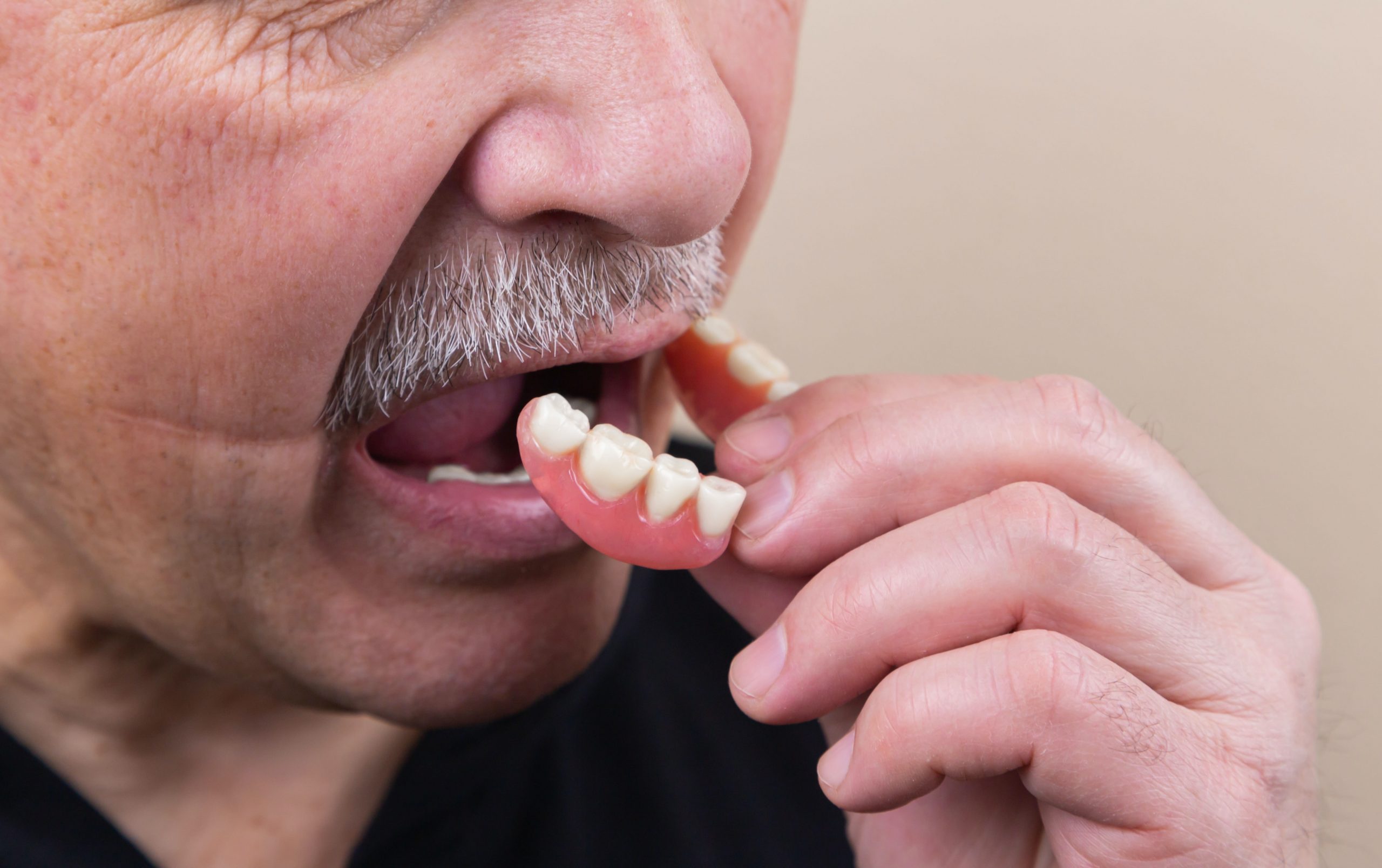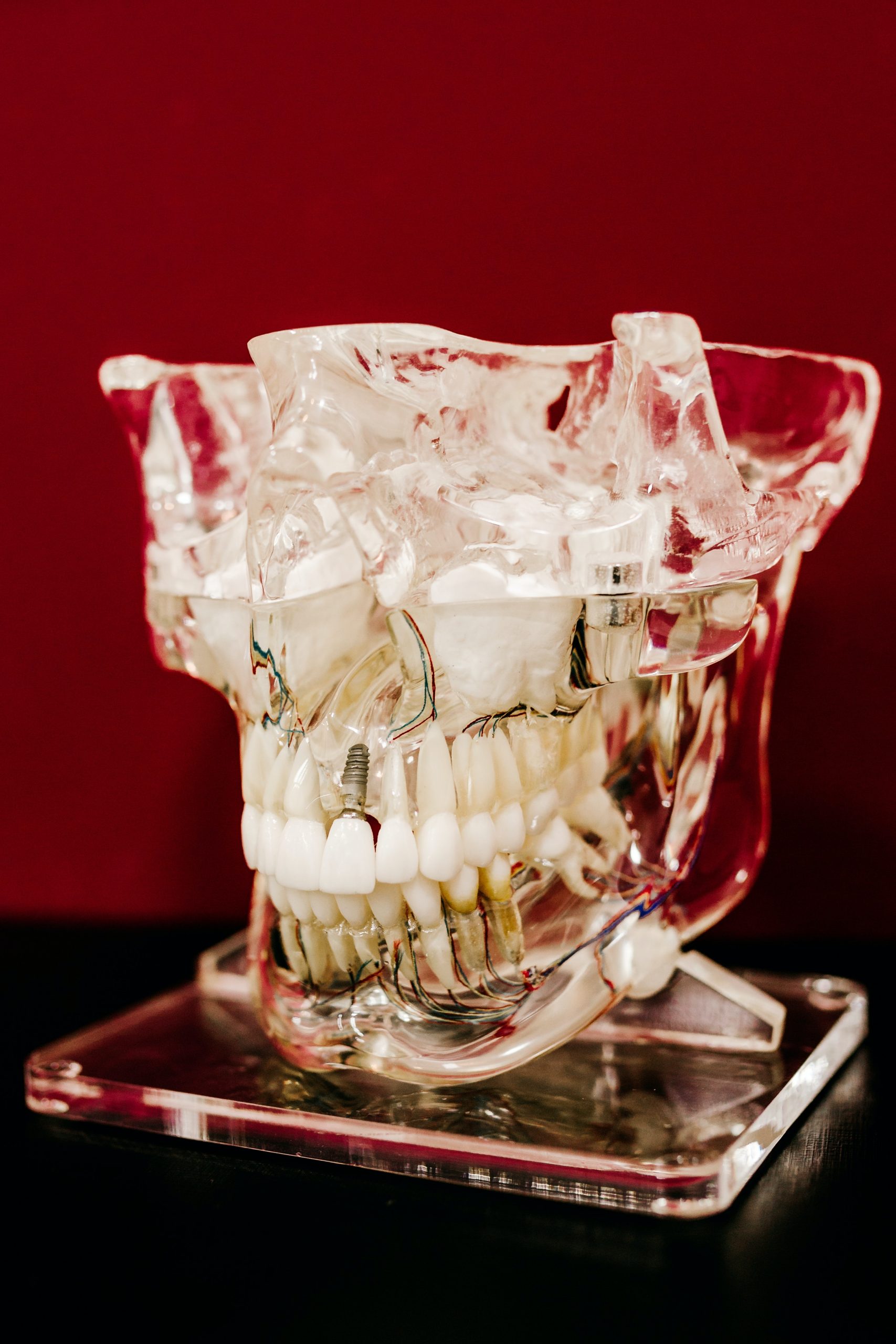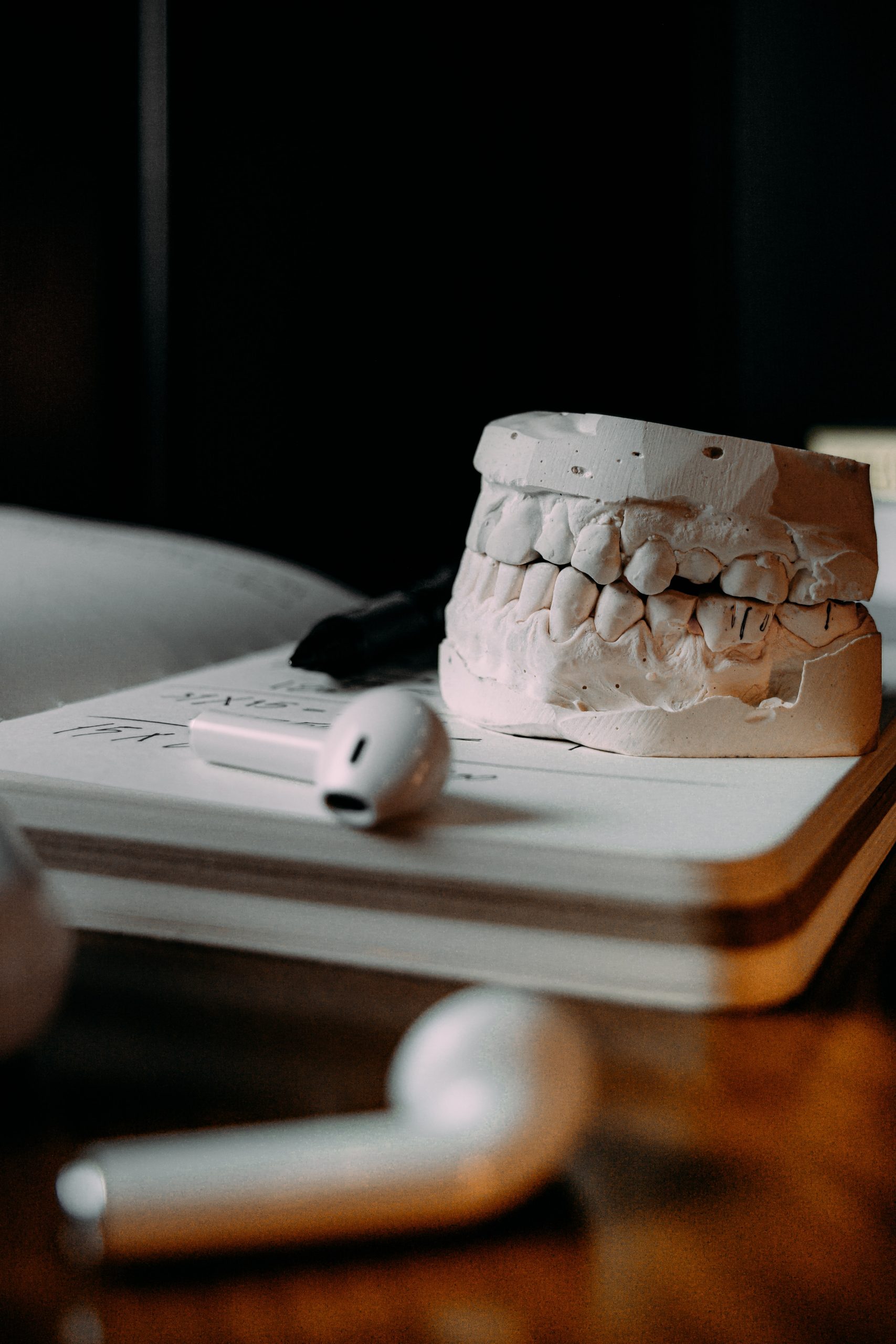
Cementing techniques in Ceramic Restorations
Cementing techniques for bonding ceramic restorations is a very important part of restorations. There are various guidelines about the cementing techniques.
Ceramics are often used to improve aesthetics and functionality. Bonding cement is the preferred material for bonding the ceramic to the tooth substrate. It determines the final aesthetic appearance and strength of the restoration
The conventional technique is a very delicate method that requires several sequential steps to achieve sufficient bond strength between the ceramic and the tooth substrate, especially in the case of dentine. affect the success rate of restoration.
Cement selection for a ceramic restoration can be simplified to assess the need for additional trial retention or reinforcement for the restoration. Retention is rated based on axial height and wall taper. The height of the axial wall should be 3mm for premolars and 4mm for molars, as suggested in the prosthetic literature. For shorter crowns, proximal grooves can also improve strength.
However, reducing the taper of the cervical portion of the crown preparation is more effective in improving strength.6 The taper of the preparation also affects the shape of the strength.
Ceramic crowns are also glued to increase their strength. In theory, a bonded crown transmits occlusal forces to the framework, while a traditional cemented crown does not. The bond strength required depends on both the strength of the ceramic material and the thickness in which it is used. With materials such as feldspar porcelain veneers, the ceramic must be bonded to the tooth structure to survive in the mouth.
Bonding translucent and traditional zirconia improves its strength; However, bonding any type of zirconia is less critical than bonding with lithium disilicate. RMGI types of cement are easier to use than resin cement because they are often easier to clean and do not require additional bonding steps like ceramic crowns. Cementing ceramic crowns with RMGI cement requires fewer steps. 10-Methacryloyloxydecyl dihydrogen phosphate (10-MDP) to bond to zirconia.
Using a primer on the surface of glass or zirconia crowns can reduce their adhesion to the RMGI cement. However, mechanically roughening engraved, ceramic crowns appear necessary when ceramic crowns are cemented with RMGI cement.
Glass ionomer materials are bonded by ionic bonding of polyacrylic acid in the glass ionomer and calcium in the tooth. This ionic bond does not provide the same level of retention in dentin as the hybrid layer that forms between demineralized dentin and polymerized adhesive resin.
The crown margins are susceptible to recurrent decay as the tooth structure sinks into the marginal crown and is demineralized. To prevent the recurrent caries process, cement can release ions present in the tooth structure to counteract the acidic demineralization of plaque. The adhesion protocol for ceramic-based glass involves etching the porcelain with hydrofluoric acid, cleaning the saliva with phosphoric acid or porcelain cleaner and applying a silane primer.
Cementation of the zirconia restoration involves sandblasting the inner surface with 50 µm alumina particles, cleaning with Ceramic Cleaner and applying 10-MDP Primer. After preparing the ceramic, the Physician selects a composite cement (used with an adhesive or self-adhesive system) Isolation is possible depending on retention needs and the time available.
For more information, click on the link: https://docmode.org/prosthodontics/

